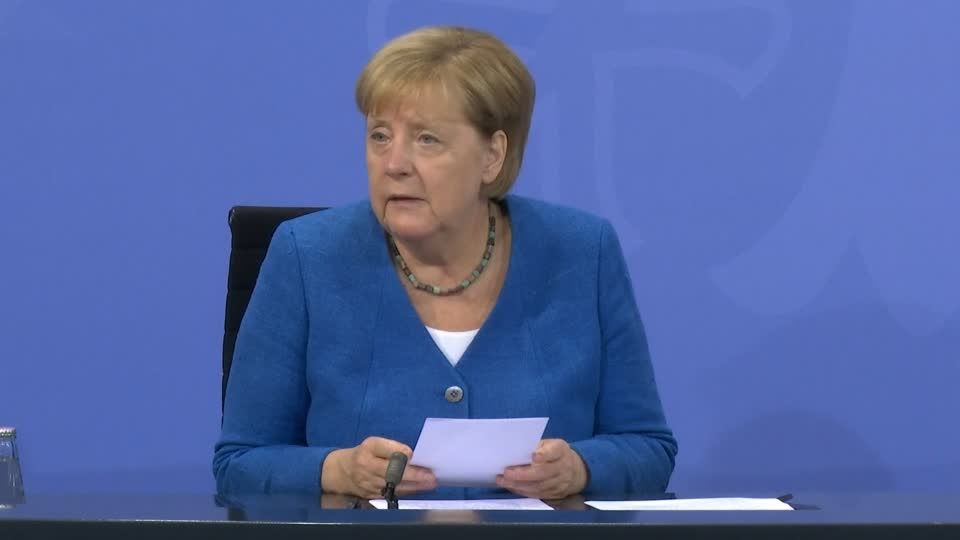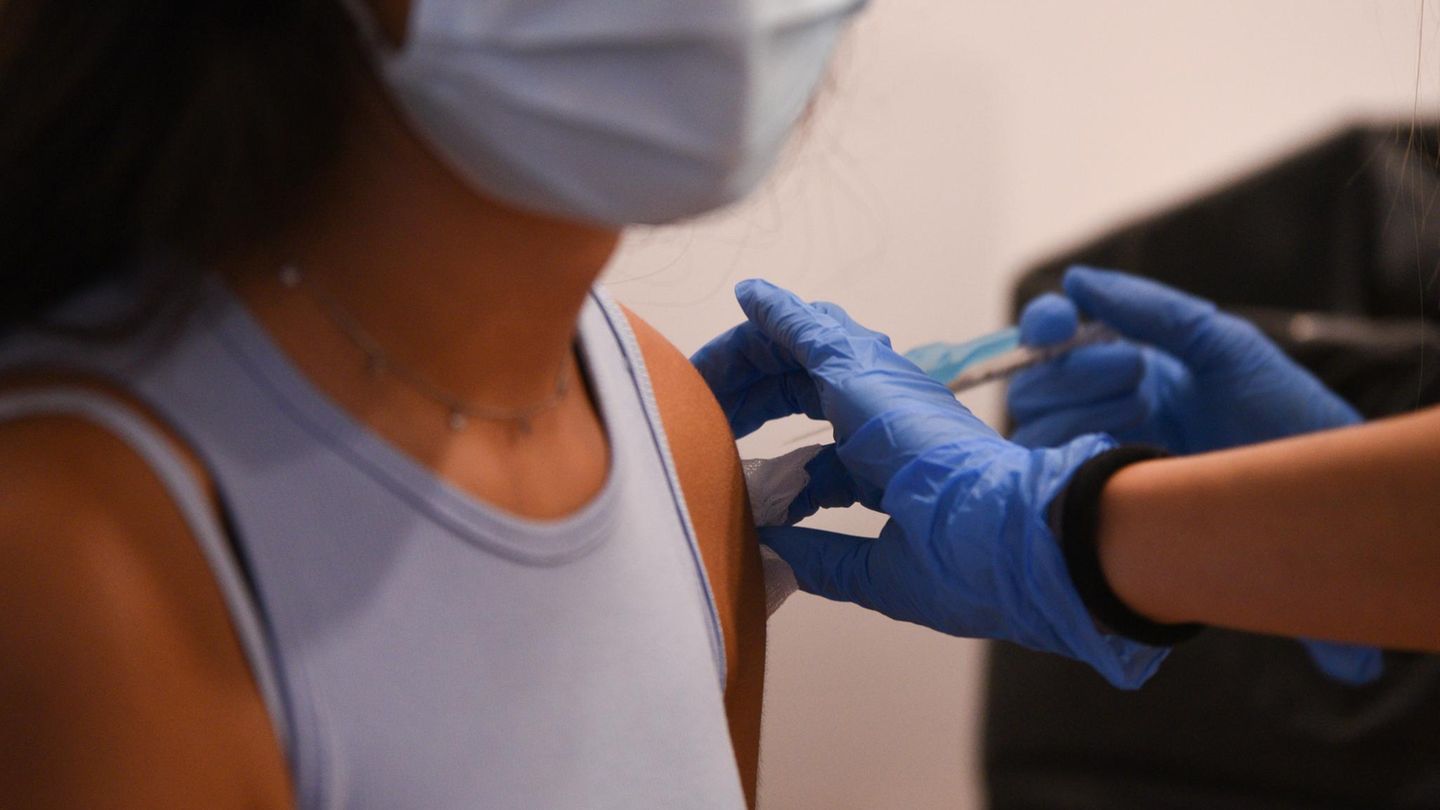According to official reports, 62.5 percent of Germans have been vaccinated at least once. But the rate may be higher. According to the RKI, there should be a “certain uncertainty” when interpreting vaccination quota data.
According to the Robert Koch Institute (RKI), there is a “certain uncertainty” when interpreting vaccination rate data. Several considerations suggested that the reports in the so-called digital vaccination rate monitoring (DIM) probably underestimate the vaccination rates, according to an RKI report on Tuesday. Especially among young adults and middle-aged adults, more people could have received a first vaccination than officially recorded.
The DIM feeds on reports from vaccination centers, hospitals, mobile vaccination teams and now also company doctors. According to the RKI, data from resident doctors and private doctors are also included. Together they form the basis for the so-called vaccination dashboard. There is also another RKI survey called Covimo, for which vaccination rates are extrapolated based on surveys.
Vaccination rate among young adults according to the RKI “a lot higher”
According to the report, the latest Covimo survey from the end of June to mid-July among around 1,000 adults revealed a discrepancy with the DIM. The quota of those vaccinated at least once was “a lot higher”, especially in the age group of 18 to 59 year olds: While 79 percent stated in the survey that they were vaccinated, according to the reporting system it was 59 percent. The authors of the report write that the actual vaccination rate is likely to be between the values of both sources.
“In terms of the vaccination rates for fully vaccinated people, however, there was no significant difference,” the report said. A certain amount of underreporting in such monitoring systems is also to be expected by experts.
Various reasons for data discrepancy are possible
Various explanations are given. One point is the recording of vaccinations with Johnson & Johnson, where only one dose is provided for full protection. Contract doctors reported these immunizations only as second vaccination doses, and it was not possible to assign vaccine and age group, explains the RKI. In the meantime, there is an indication in the DIM data that the vaccination rates for adults who have been vaccinated at least once are “systematically reported too low” by age group.
The report also states that so far only about half of the company doctors registered with the reporting system have reported vaccinations via the web application. “This could be an indication of an under-reporting of vaccination rates by DIM.”

The RKI experts discuss other conceivable influencing factors, such as potential distortions in the survey that could lead to an overestimation of the rate. For example, it can be assumed that people who advocate vaccinations are more likely to participate than objectors. Even people without sufficient knowledge of German would not have been able to take part in the interviews. For both aspects, however, the authors point out that there should have been a greater difference between the sources for those who were completely vaccinated.
The survey report states that 91.6 percent are ready or have already been vaccinated. “The Covid 19 vaccination readiness of the population is at a high level.”




